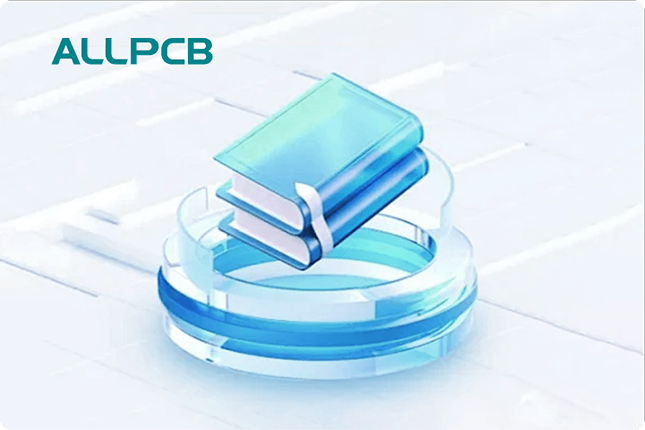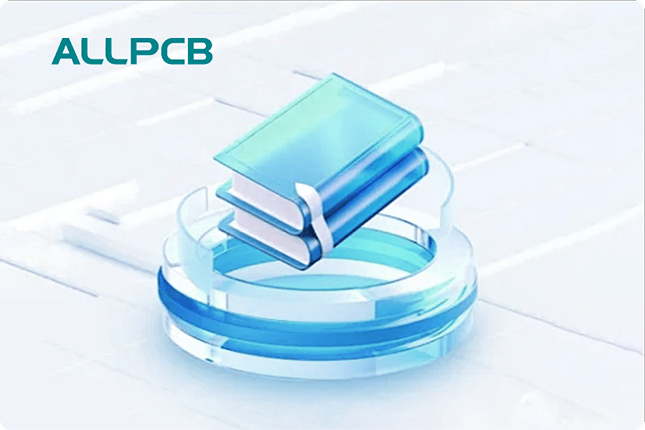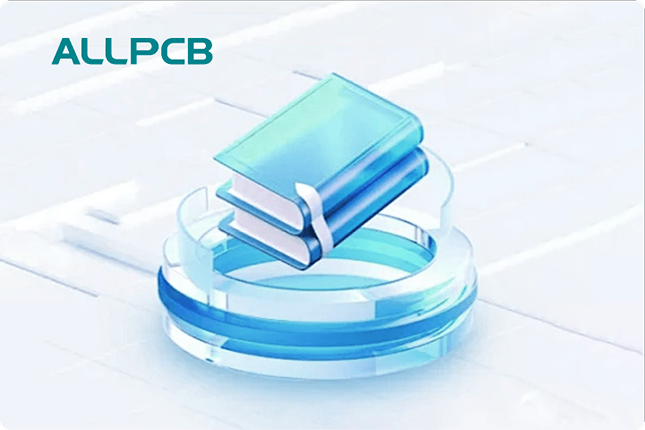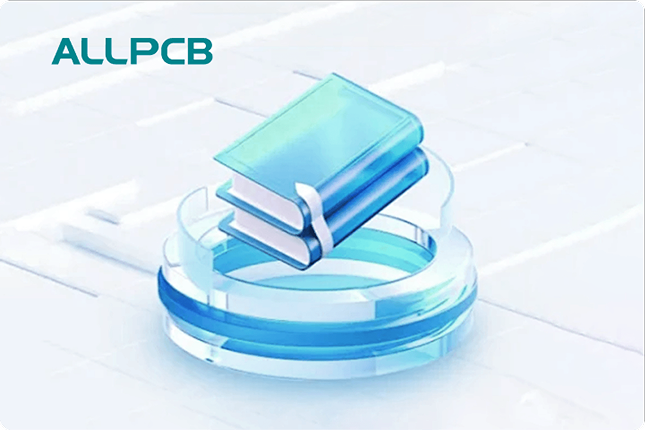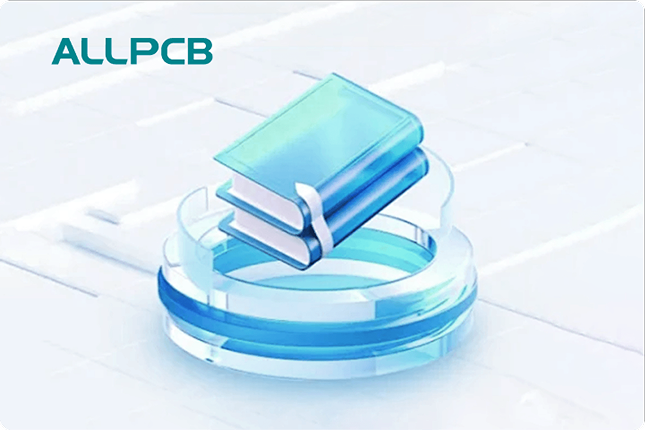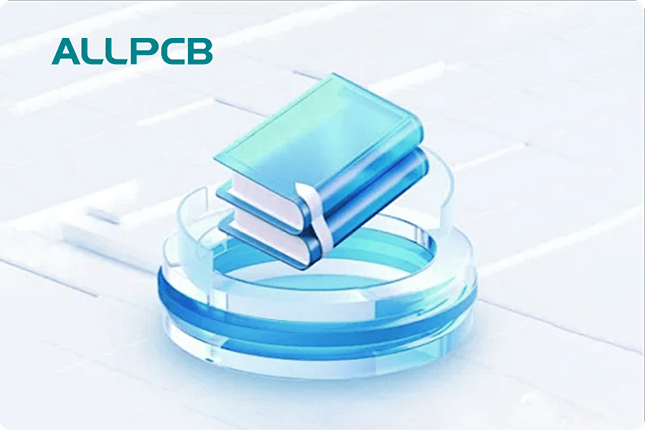In the world of electronics, designing a printed circuit board (PCB) for video processing applications requires precision and careful planning. A critical aspect of this design is the PCB stack-up, which determines how layers are arranged to ensure signal integrity, reduce noise, and handle high-speed data. Whether you're working on a high-definition video streaming device or a professional camera system, understanding PCB stack-up for video processing is essential. In this blog, we'll explore what PCB stack-up means for video PCB design, why it matters, and how to optimize it for high-speed performance and impedance control. Let’s dive into the details of creating a reliable and efficient layer stack for video PCB applications.
What Is PCB Stack-Up and Why Does It Matter for Video Processing?
PCB stack-up refers to the arrangement of conductive copper layers and insulating dielectric materials in a multi-layer PCB. Each layer serves a specific purpose, such as carrying signals, providing power, or acting as a ground plane. For video processing applications, the stack-up is crucial because these systems often deal with high-speed signals, such as those used in HDMI, MIPI, or other video interfaces, which can operate at frequencies above 1 GHz.
Without a well-designed PCB stack-up, video PCBs can suffer from issues like signal degradation, electromagnetic interference (EMI), and crosstalk. These problems can lead to poor video quality, data loss, or system failures. A proper layer stack for video PCB ensures that signals travel with minimal distortion, power delivery is stable, and noise is kept in check. Now, let’s break down the key elements of designing a PCB stack-up for video processing applications.
Key Considerations for PCB Stack-Up in Video PCB Design
Designing a PCB stack-up for video processing requires attention to several factors. These include the number of layers, material selection, impedance control, and layer arrangement. Let’s explore each of these in detail.
1. Number of Layers in a Video PCB Stack-Up
The number of layers in a PCB stack-up depends on the complexity of the video processing application. Simple designs may use a 4-layer stack-up, while more advanced systems, such as those handling 4K video or multiple high-speed interfaces, often require 6, 8, or even more layers. For instance, a 6-layer PCB stack-up might be arranged as follows:
- Top Layer: Signal layer for high-speed video traces
- Layer 2: Ground plane for noise reduction
- Layer 3: Power plane for stable voltage delivery
- Layer 4: Power plane for additional voltage levels
- Layer 5: Ground plane for shielding
- Bottom Layer: Signal layer for other connections
More layers allow for better separation of high-speed signals and power distribution, reducing interference in video PCB designs. However, increasing the number of layers also raises manufacturing costs, so it’s important to balance performance needs with budget constraints.
2. Material Selection for High-Speed PCB Stack-Up
The materials used in a PCB stack-up significantly impact its performance, especially for high-speed video applications. Standard FR-4 material, with a dielectric constant (Dk) of around 4.2, is often sufficient for lower-frequency designs. However, for high-speed video signals operating at gigahertz frequencies, low-loss materials with a Dk of 3.0 to 3.5 are preferred. These materials reduce signal loss and maintain integrity over long traces.
Additionally, the thickness of the dielectric material between layers affects impedance and signal speed. Thinner dielectrics can help achieve tighter impedance control but may increase crosstalk if not managed properly. Working with a manufacturer to select the right materials is key to optimizing a PCB stack-up for video processing.
3. Impedance Control in PCB Stack-Up for Video Applications
Impedance control is a cornerstone of high-speed PCB design, especially for video processing. Impedance mismatches can cause signal reflections, leading to errors or degraded video quality. For video PCBs, common impedance targets are 50 ohms for single-ended traces (used in coaxial connections) and 100 ohms for differential pairs (common in HDMI or MIPI signals).
To achieve proper impedance control in a PCB stack-up, designers must calculate trace width and spacing based on the dielectric material and layer thickness. For example, on a 4-layer PCB with FR-4 material, a trace width of 6 mils might be needed to achieve a 50-ohm impedance, assuming a dielectric thickness of 5 mils. Tools like impedance calculators or simulation software can help determine these values accurately.
Ground planes play a vital role in impedance control by providing a consistent reference for signal traces. Placing a ground plane directly below high-speed signal layers in the stack-up minimizes variations in impedance and reduces EMI.
4. Layer Arrangement for Signal Integrity
The arrangement of layers in a PCB stack-up directly affects signal integrity in video processing applications. High-speed signals should be routed on outer layers or inner layers adjacent to a ground plane to minimize noise. Power and ground planes should be placed in the middle of the stack-up to provide shielding and stable power distribution.
For example, in an 8-layer PCB stack-up for a high-speed video PCB, a common configuration might be:
- Layer 1: High-speed signal (video traces)
- Layer 2: Ground plane
- Layer 3: Signal layer (control signals)
- Layer 4: Power plane
- Layer 5: Power plane
- Layer 6: Signal layer (control signals)
- Layer 7: Ground plane
- Layer 8: High-speed signal (video traces)
This setup ensures that high-speed video signals are shielded by ground planes, reducing interference and maintaining signal quality.
Challenges in High-Speed PCB Stack-Up for Video Processing
Designing a PCB stack-up for high-speed video applications comes with unique challenges. Here are some common issues and how to address them.
1. Managing Electromagnetic Interference (EMI)
Video processing systems often handle high-frequency signals, which can generate EMI if not properly managed. A well-designed PCB stack-up with solid ground planes under signal layers helps reduce EMI by providing a low-impedance return path for currents. Additionally, keeping high-speed traces short and avoiding sharp bends in routing can further minimize interference.
2. Crosstalk Between High-Speed Signals
Crosstalk occurs when signals on adjacent traces interfere with each other, which is a significant concern in video PCB designs with densely packed traces. To combat this, increase the spacing between high-speed traces and use ground planes to isolate signals in the stack-up. For differential pairs, ensure consistent spacing and symmetry to maintain signal integrity.
3. Thermal Management in Video PCBs
Video processing components, such as GPUs or dedicated processors, can generate significant heat. A PCB stack-up must account for thermal dissipation by incorporating thick copper layers or thermal vias to transfer heat away from critical areas. Placing power planes strategically in the stack-up can also help distribute heat evenly across the board.
Best Practices for Video PCB Manufacturing with Optimized Stack-Up
Once the PCB stack-up design is finalized, manufacturing plays a critical role in ensuring the board performs as expected. Here are some best practices for video PCB manufacturing with a focus on stack-up.
1. Collaborate with Manufacturers Early
Work closely with your PCB manufacturer during the design phase to confirm that the chosen stack-up, materials, and impedance requirements are feasible. Manufacturers can provide stack-up recommendations based on their capabilities and help avoid costly redesigns. For instance, they can advise on dielectric thicknesses and copper weights that align with your high-speed video PCB needs.
2. Test for Impedance and Signal Integrity
Before full-scale production, request test coupons or prototype boards to verify impedance values and signal integrity. Use tools like Time Domain Reflectometry (TDR) to measure impedance along critical traces. Ensuring that the manufactured PCB matches the designed stack-up specifications is vital for video processing performance.
3. Use Design Rule Checks (DRC)
Run design rule checks in your PCB design software to catch errors in the stack-up, such as incorrect layer assignments or spacing violations. For video PCBs, pay special attention to high-speed trace routing and ground plane continuity to avoid manufacturing issues that could degrade performance.
Conclusion: Building Better Video PCBs with Proper Stack-Up Design
A well-thought-out PCB stack-up is the foundation of any high-performing video processing application. By carefully selecting the number of layers, materials, and arrangement, and by prioritizing impedance control, you can ensure that your video PCB handles high-speed signals with minimal noise and distortion. Whether you're designing for consumer electronics or professional video equipment, optimizing the layer stack for video PCB applications is a step you can't skip.
From managing EMI and crosstalk to ensuring thermal stability, every aspect of the PCB stack-up plays a role in delivering high-quality video output. By following the best practices outlined in this blog and collaborating with experienced manufacturers, you can create reliable, high-speed PCBs tailored for video processing. Remember, a small investment in stack-up design goes a long way in achieving superior performance and avoiding costly issues down the line.
 ALLPCB
ALLPCB


